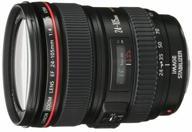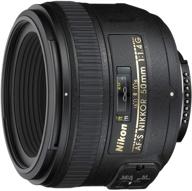- telephoto lens
- VR has to be turned off, it takes a very long time to focus. Conclusion - take it without VR

Canon EF 50mm f/1.8 II Fixed Lens - Discontinued by Manufacturer

93 Review

Nikon 50mm f/1.8D Lens: Perfect for Nikon DSLR Cameras!

97 Review

Canon EOS SLR Camera Lens EF 24-105mm f/4 L IS USM

124 Review

📷 Nikon AF-S NIKKOR 50mm f/1.4G Lens with Auto Focus: Perfect for Nikon DSLR Cameras

76 Review